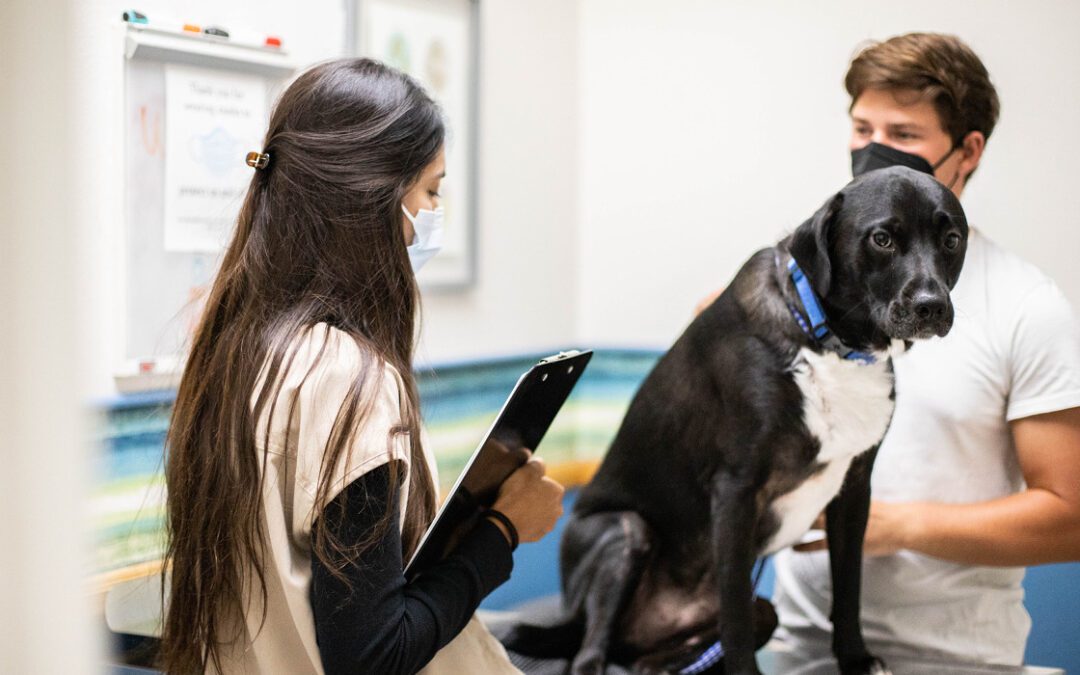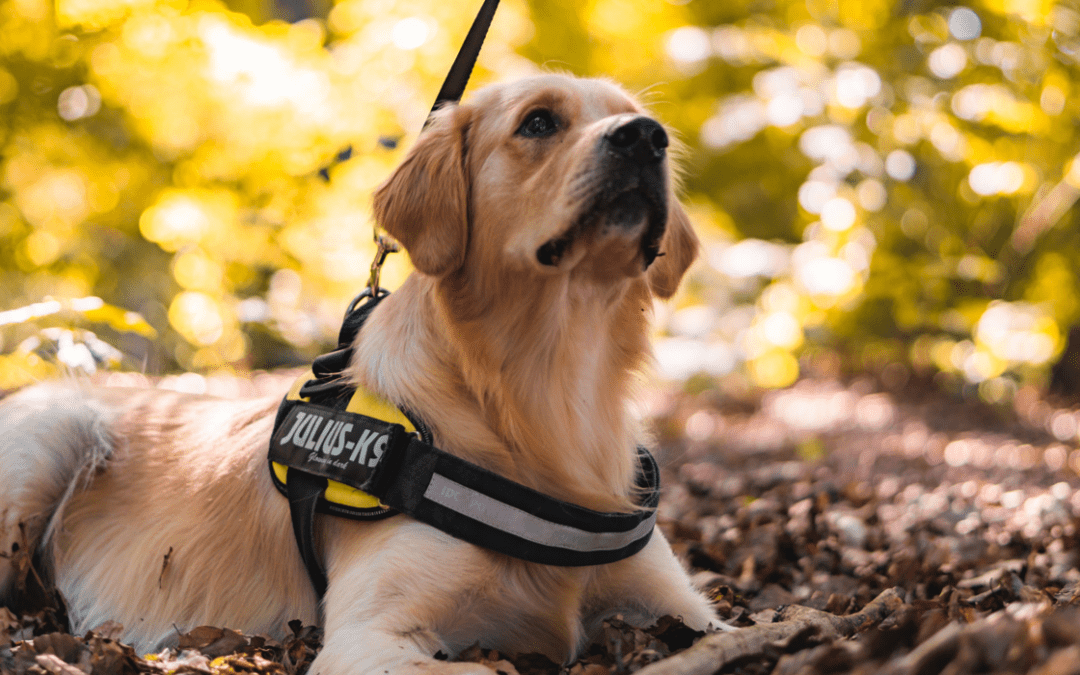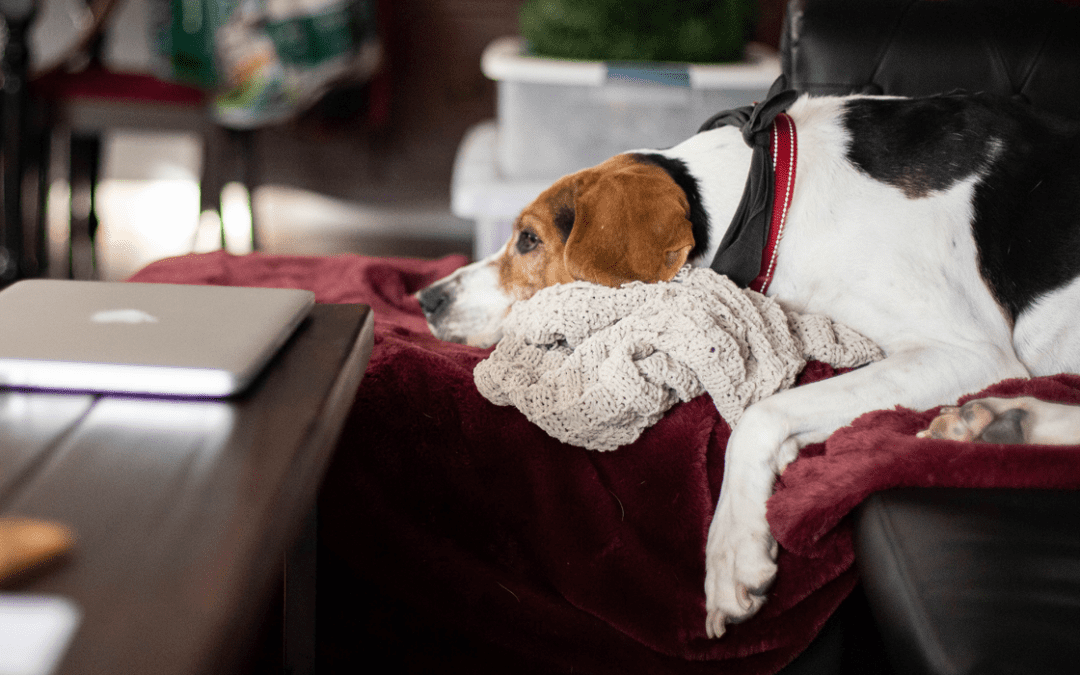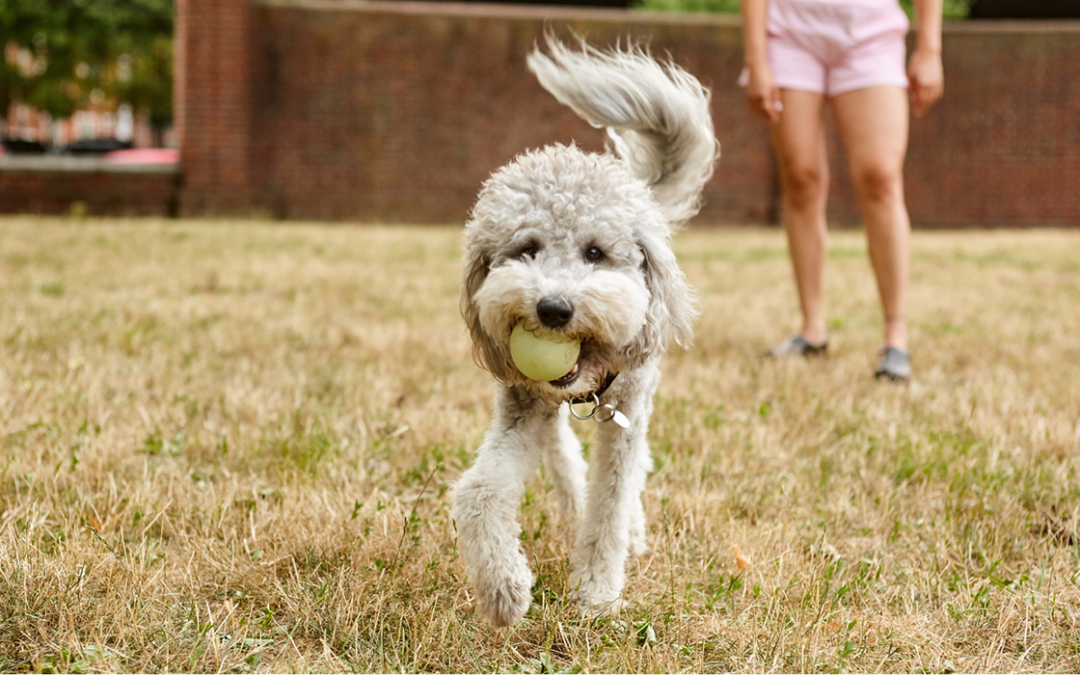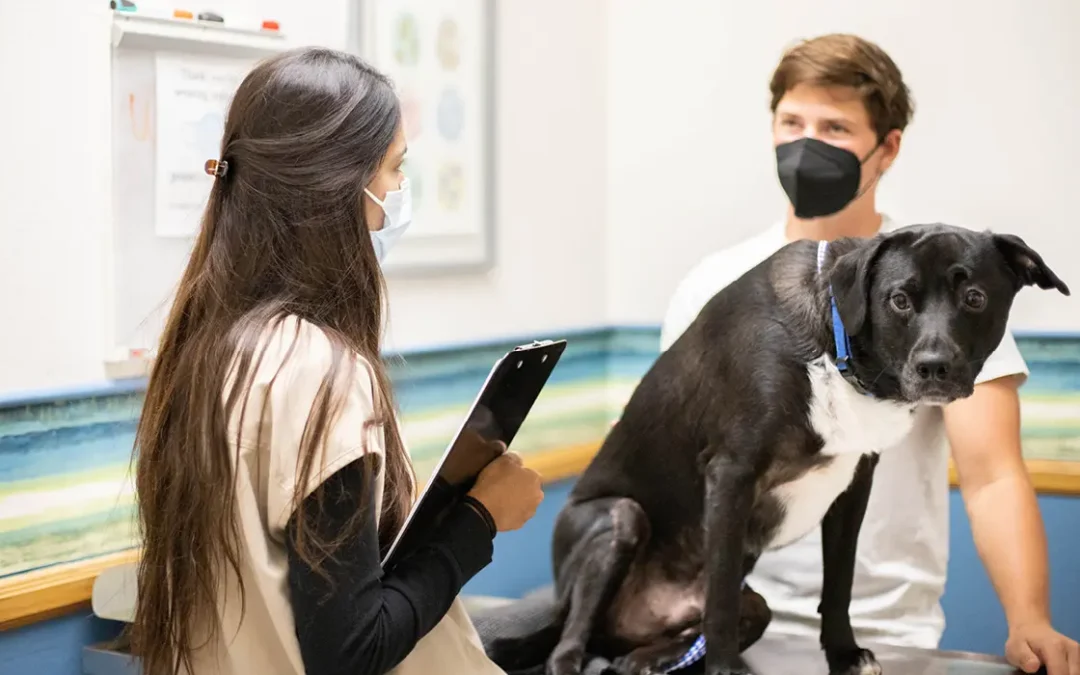Brushing your pet’s teeth regularly is essential to their overall health. Without routine brushing, plaque and tartar can build up on your pet’s teeth, leading to a wide range of health issues. These include dental problems, periodontal disease, and even systemic illnesses like kidney and heart disease.
But there’s a problem. Many pets dislike having their teeth brushed, and it can be difficult to get them to hold still long enough to do a thorough job. So, if you’re a pet parent who has trouble brushing their pet’s teeth, this quick and easy guide is for you! Keep reading to discover some simple tips, tricks, and techniques that will make brushing your pet’s teeth a breeze.
Before You Get Started
Puppies and kittens are much more likely to accept their teeth being brushed than older pets that have never experienced it before. Attempting to brush your pet’s teeth without any prior training could be a frustrating experience for both of you, so start when they’re young if possible.
It’s also important to choose a pet-friendly toothpaste with an appealing flavor your pet will enjoy. There are a huge variety of pet toothpaste flavors available – from vanilla and mint to seafood and beef. So, it’s a good idea to experiment until you find one your pet loves!
If your pet enjoys the taste of the toothpaste, it will be a lot easier to convince them to let you brush their teeth. Letting your pet taste the toothpaste ahead of brushing is an excellent way of getting them used to the flavor sensation, so give it a try before you get started.
Use a Finger Brush
If your pet is hesitant to have their mouth touched, try using a finger brush. This will help them get used to the sensation of something brushing against their teeth without it being too overwhelming.
Finger brushes for pets are typically made from rubber or silicone and have soft bristles on one side. They’re easy to use and inexpensive, so you can stock up on a few different kinds and see which one your pet likes best.
Try Gauze or a Pet Toothbrush
If your pet doesn’t adapt well to a finger brush, try using gauze instead. Simply wrap a small piece of gauze around your index finger and gently wipe it across their teeth in circular motions. The gauze will help remove plaque and tartar while being gentle on your pet’s gums.
Once your pet is comfortable with you touching their teeth and gums, you can graduate to using a pet toothbrush. These toothbrushes are designed with small bristles that are gentle on your pet’s teeth and gums. They also make it easier to reach the teeth at the back of your pet’s mouth. You can pick up a pet toothbrush for just a few dollars online or from your vet.
When brushing your pet’s teeth, it’s important to go slowly and be patient. Brushing too hard or too quickly can cause your pet discomfort and make them resistant to future brushing sessions. Make sure to take your time and brush in circular motions using gentle strokes.
Associate the Experience with Something Positive
If you’re having a hard time getting your pet to open their mouth and let you brush, try associating brushing with something enjoyable. For example, give them a treat or play with one of their favorite toys right after the process is complete.
Praising your pet for letting you brush their teeth can also help make the experience more positive. If they know they’re pleasing you by allowing you to brush their teeth, they’re likely to be less resistant in the future.
The Bottom Line
Brushing your pet’s teeth is an important part of their overall health and should be done at least a few times a week. Thankfully, it doesn’t have to be difficult or time-consuming if you use the right techniques. Follow these simple tips and tricks to make brushing your pet’s teeth quick and easy!
Many cancer symptoms in pets are subtle and can be caused by another ailment, but it’s a good idea to consult your veterinarian if you detect any of the following potential pet cancer warning signs.


